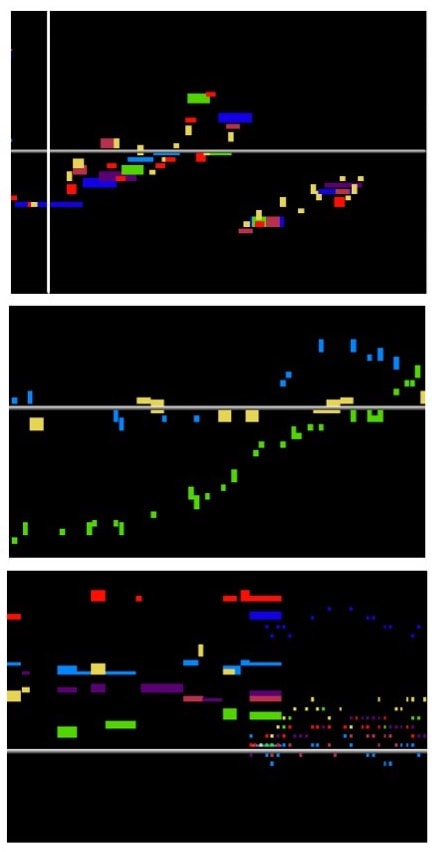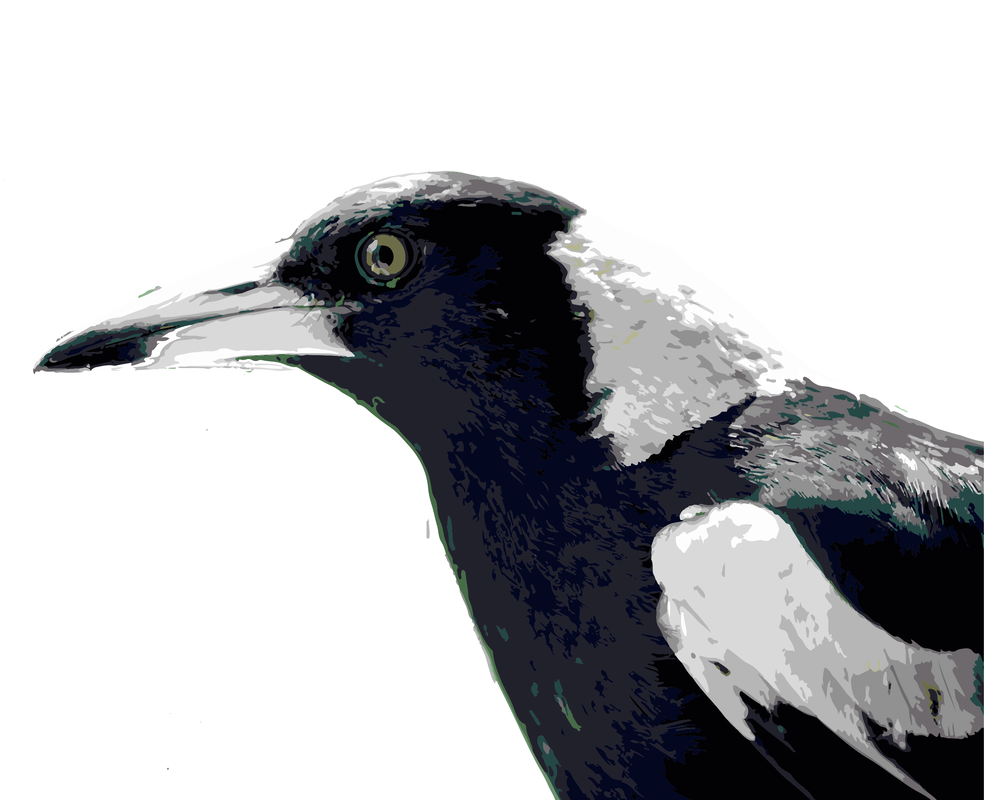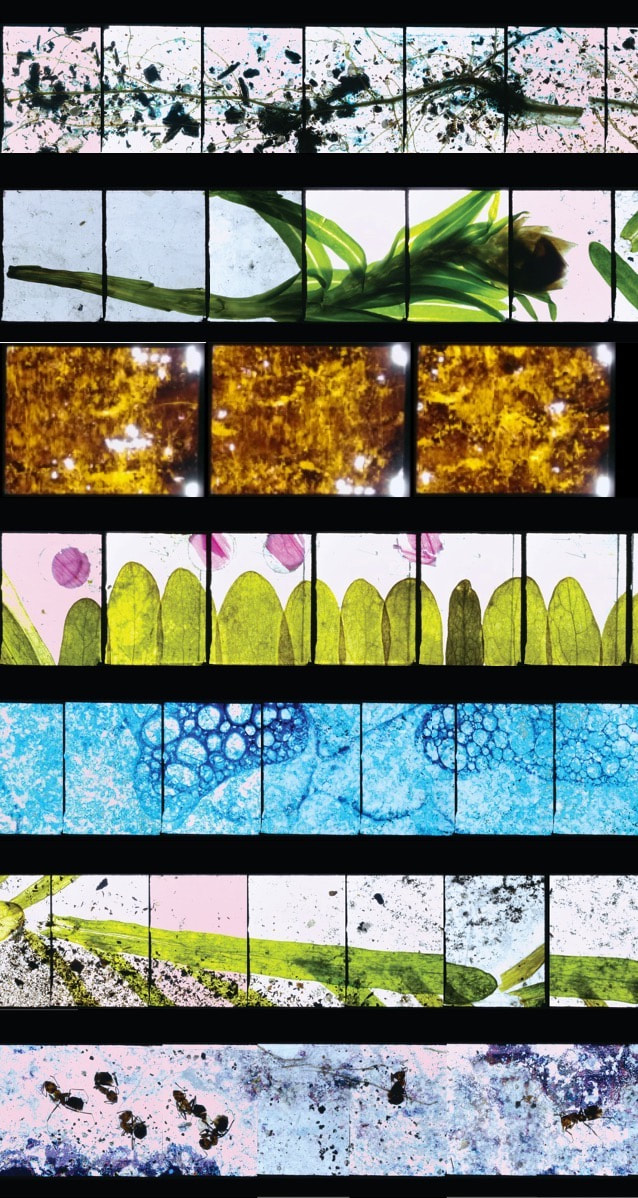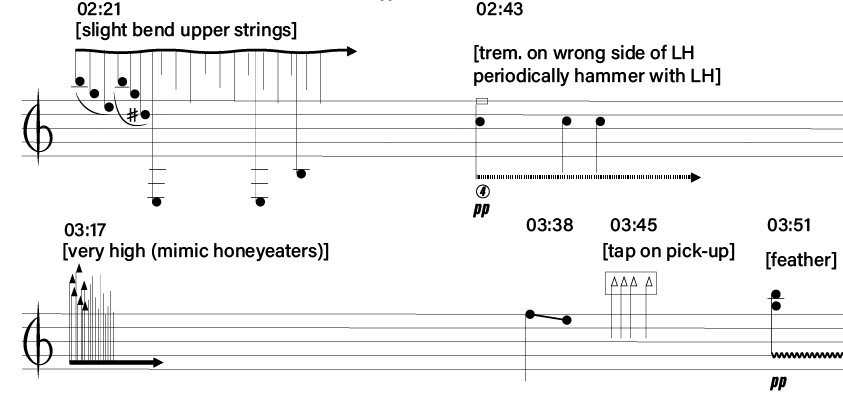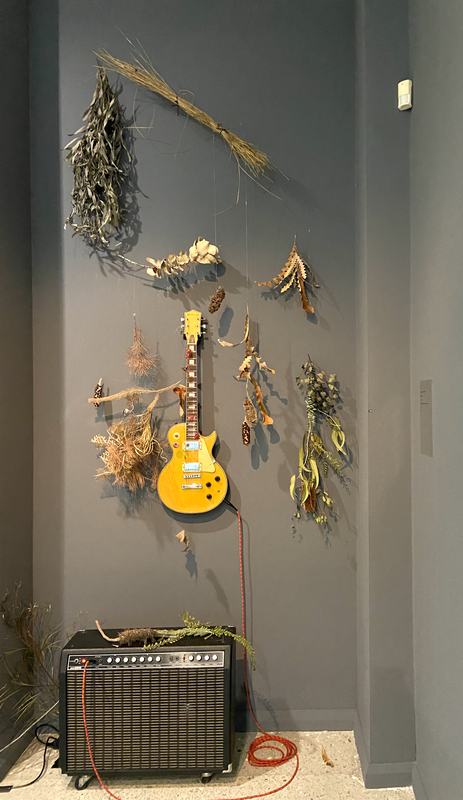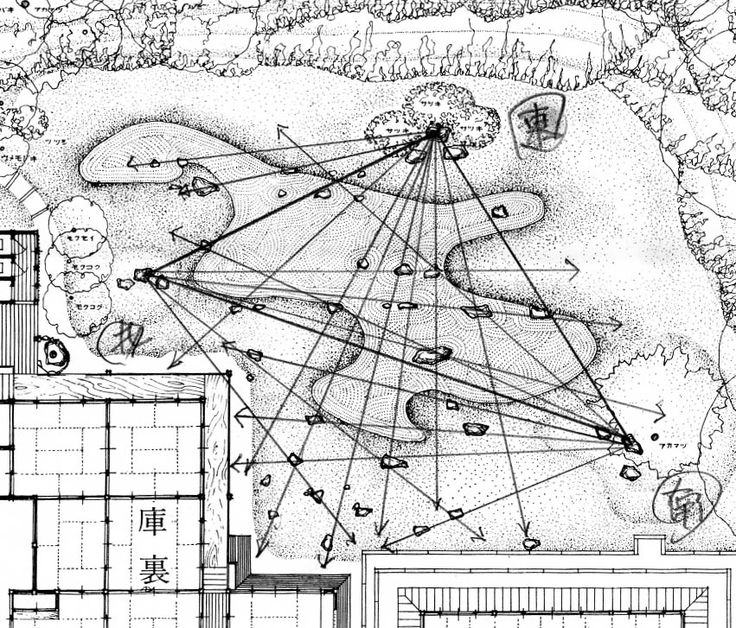medusoid [2022] generative score for iPads and MaxMedusoid explores realtime notation of compositional textures using the Decibel Scoreplayer's canvas mode. Twenty-nine compositional textures (with nicknames such as "Blocks gliding", Clouds, Rain, Waves,
Clusters.. etc) are selected and then broadcast by Max to the network of iPads as instrumental parts and a score. The score consists of a simple scrolling proportional notation - length = duration, vertical height = pitch and thickness = dynamic - in a different colour for each instrument. The work is a draft or exercise, developing techniques to be be developed as part of the next in the "Tectonic" series of works: Pannotia. In the Tectonic works, layers of notation interact in an analogy to the concept of shifting Tectonic plates that “subduct”, “suture”, ”fracture” etc. at each other’s margins. Medusoid does not include this interactive element - simply the permutative quality of allowing "computer choice". The title Medusoid refers to a distant relative to corals and jellyfish that evolved during the Pannotian Era. Performance
20221211 Digi-Score Notation Project, Hochschule für Music und Tanz, Hamburg |
|
koorlbardi [2022] for flute, clarinet, electric guitar, harp and fixed media
Koorlbardi is the Whadjuk Noongar word for Magpie. The work includes an artificial "dawn chorus" constructed from recordings of the flute, clarinet, electric guitar and harp imitating bird sounds. The live performers alternate between transcriptions of the complex calls of the magpie and interpolations mediating the worlds of human and avian "chamber music".
Performance 20221008 GreyWing - Banksias under snow: Old Customs House, Fremantle |
Requiem (Kalyakoorl) [2022] (Kirsten Hudson/Lindsay Vickery ) for 4 players and fixed media
|
Requiem (Kalyakoorl) is a handmade 16mm cameraless film that chronicles the five month lifecycle of a field of Everlasting Daisies as they germinated, grew, flowered, withered, and then reseeded in my suburban backyard. Bypassing the photographic process, I cinematically capture the embodied botanical life/death/rebirth experience by initially burying a range of 16mm film stock (found footage, coloured leader etc.) in the soil with the Everlasting seeds. Over the course of their lifecycle, every week I resurrected 168 frames of film (24 frames per day) and then collaged directly onto the soil-affected celluloid the Rhodanthe chlorosephala ssp. rosea at various stages of development (seeds, sprouts, leaves, petals, pollen etc.). Film stock covered in double-sided tape and exposed to the natural environment was also attached to stems as they grew; capturing critters, soil and other vibrant matter, as they wove their way through and over the plants, inadvertently becoming entangled into active, sensuous, collaborative agents in the filmmaking process. Daily reflection in the company of the daisies, observing their unique structure, patterns of growth, and responses to changes in their ecosystem, directly informed my choices in the overall visual arrangement, composition, and layered relationships between botanical life, their environment (and their companions). Kirsten Hudson
In the sonic version of Requiem (Kalyakoorl), seven sections of the film are presented to the performers as scrolling frames. The images are read as a graphical score according to varying rules - exploring the varied character and morphologies of each section. The runtime of original film is about four minutes, with about 12 original frames per second - the "musical score" version by comparison is performed much more slowly - between 2.5 and 1.7 frames per second, both to draw out comprehensible musical structures and to accomodate the eye/hand coordination of the performers. Each frame was also rotated so as to "move" right to left rather than down to up. from the performers perspective. The seven sections (movements) have "parts" visible to each instrument but not the audience, indicating a methodology for "reading" the images. Several also have prerecorded electronics sonifying the texture of the images. The sections are subtitled: i. thread, ii. bloom, iii. morph, iv. mountains and moons, v. bubble, vi. grass and vii. ants. Lindsay Vickery
|
jingeejerdup [2022] for electric guitar and fixed media
for Jameson Feakes
|
In the Whadjuk Noongar language, jingeejerdup ("the place of the honeyeaters") is the name for the locality in which I live. This work includes recordings of honeyeaters from my garden and also a recording of "dry arrangement", an installation in which native flora (also from my garden) is used to prepare and activate the strings of a suspended electric guitar. The recording was processed using Max' Flucoma and FFTease spectral manipulation plugins - convolving the bird and installation sounds and foregrounding different spectral components (harmonic/transient etc) in varied sections. In this approach the pre-recorded element is similar to earlier works such as between states and inhabited matter [2015] in which formal divisions in a more-or-less continuous material are created principally through timbre changes.
|
|
the tears of things [2022] for marimba, vibraphone and fixed media
for Paul Tanner
|
This work is a sibling to a solo I wrote for Paul Tanner over 30 years ago called The Giant is Speaking Through You [1991]. It revisits that work's inspiration: the principle of planned organic, naturalistic structure exemplified by the Ryoanji Stone Garden in Kyoto. This landscaping style, Sharawadgi in Japanese, is sometimes defined as having the quality of "being impressive or surprising through careless or unorderly grace". The 1991 work prominently featured samples of reversed cymbals, the tears of things draws all of its pitched material from the overtones found in four of Tanner's actual cymbals, outlining them on marimba and vibraphone in equal temperament and also electronically at their untempered pitch.
The title is from Virgil's Aeneid "there are tears for things and mortal things touch the mind", thought to refer to the concept of "the spirituality of all things, even material things (...) even the most fixed and substantial things of all – stones" (Tim Fulford 2013) or as Shakespeare put it so hauntingly in Macbeth "stones have been known to move, and trees to speak". |
Ryoanji Stone Garden, Kyoto
|
Performances

